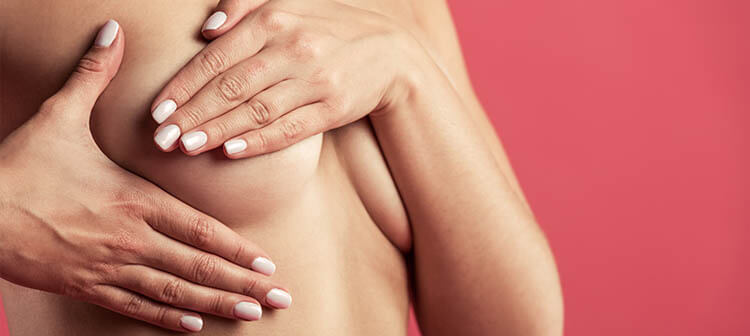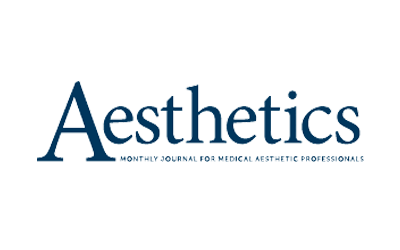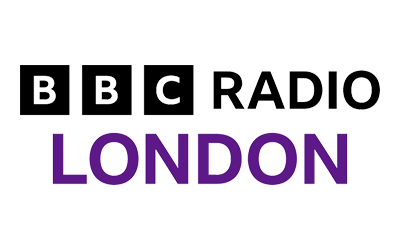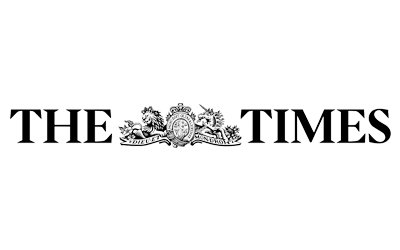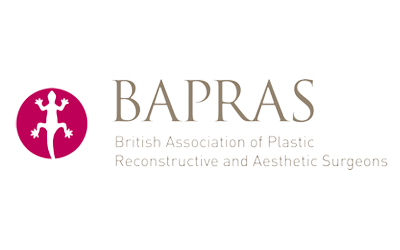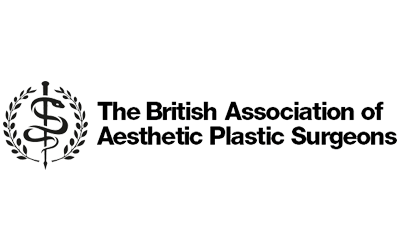What are tubular breasts?
Tuberous or tubular breasts are a relatively common breast condition, but many women are not aware they may have it or feel very uncomfortable discussing it, so it can be challenging to estimate how many women may be affected. It is also very under-researched, nor do we even know exactly what causes it.
Tuberous breasts, also known as breast hypoplasia, is a congenital condition, which means it is present from birth, although women will not realise they have it until puberty when the breasts fail to develop normally.
How common are tubular breasts?
Whilst tubular breasts are fairly common among women, it is not a well-known condition as many women don’t seek corrective treatments or are unaware that they even have it.
What causes tubular breasts?
There is no clear cause of tubular breasts and they only start to show during puberty, when the breasts begin to take on their adult shape. It is often the case that there is insufficient breast tissue developed during puberty, which causes the breasts to be misshapen and appear droopy.
How do I know if I have a tuberous breast deformity?
Part of the reason why we are not aware of the exact prevalence of tubular breasts is that some women may have such a mild presentation that it is not noticeable. Typically, though, tuberous breasts look small, oval- or square-shaped, asymmetric, and often too far apart on the chest wall with a constricted base. Additionally, the nipples tend to look pointy and puffy and are often abnormally large.
One recent study tried to establish the prevalence of tubular or constricted breasts in the general population by analysing the pre-operative photos submitted by patients to an Italian plastic surgery clinic.
Published in Aesthetic Plastic Surgery, a publication of the International Society of Aesthetic Plastic Surgery and the official journal of Società Italiana di Chirurgia Plastica Ricostruttiva ed Estetica (SICPRE), the study aimed to demonstrate the high prevalence despite previous lack of proper investigation.
Almost 2,000 pre-operative photos of patients wishing to undergo a breast augmentation, breast reduction or other cosmetic breast surgery procedures were analysed, alongside a general population group. It was discovered that 27.6% of women in the latter group had at least one tuberous breast deformity. For women seeking an augmentation or reduction, it was even higher, with approximately 50% affected.
How to fix tubular breasts
It is not possible to fix tubular breasts naturally because they are caused by breast tissue constricting growth, which can only be corrected surgically.
What are the treatment for tuberous breast deformity?
The exact techniques used in tuberous breast correction surgery will depend on the individual presentation. Usually, the constriction at the base of the breast must be released. Implants can help achieve a more natural, rounded breast shape, but tissue expanders may be used initially. Nipple reduction and breast asymmetry correction may also be required.
For more advice on tuberous breast correction surgery, call 0207 432 8727 to arrange a consultation with one of our Karidis Clinic plastic surgeons.
